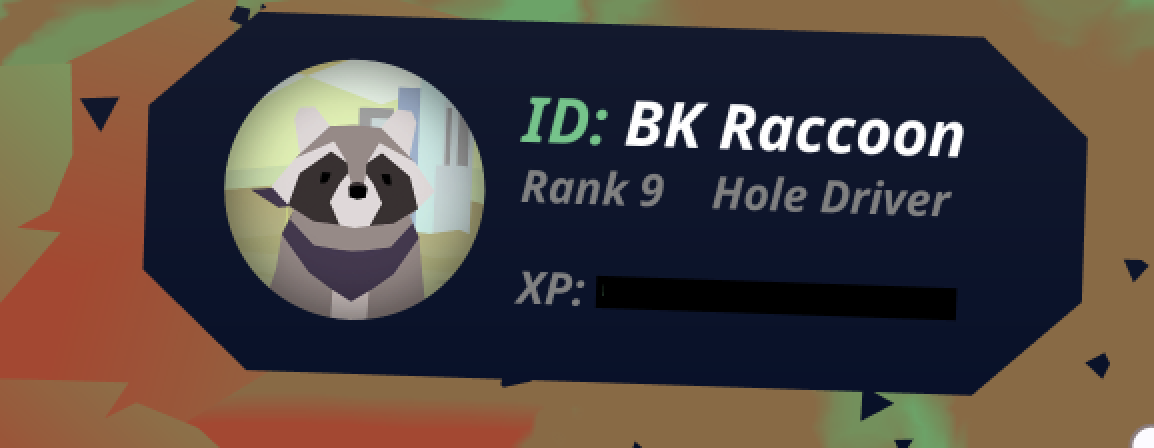
Donut county
“The storyline of Donut County is straightforward: one day, a black hole appeared in Donut County and broke the serenity of the town ever since. The black hole keeps destroying and swallowing the town, causing all the residents to fall underground. And everything seems heavily related to the raccoon BK who just opened a new donut store in the town….”
Donut County is an indie video game developed by Ben Esposito. In the game, the player plays as a hole (controlled by BK) that swallows everything, and the size of the hole will expand after swallowing things. The main task for the player in the game is to destroy particular objects depending on the instructions in different levels.
Gentrification and the place makers
The game is a metaphor for the phenomena of gentrification in the suburbs area. Raccoon BK represents those new residents moving into a neighborhood with a new culture. In the game, BK has some vital “new middle-class” elements inside his character: new technology, familiarity with digital media, and alignment with capitalism. Gentrification often refers to well-educating, wealthy white-collar people moving to a relatively poor neighborhood and changing the existing culture with their capital power.
In the game, the player repeatedly does the same thing—swallowing the original landscape, residency, and everything that belongs to the original residents. But how is the black hole so powerful and dominant when reshaping the landscape?
Currid-Halkett (2017) discussed in her research that the new middle classes are so powerful because of their consumption patterns, which usually relate to their modern lifestyle and educational background. In addition, they are powerful because of their ability to commodify culture by using economic and cultural capital. These people are articulate, media literate, and probably have a promising jobs. These new residents could positively impact the community, but some are eager to replace all the existing culture that they might consider “ugly” without mercy.
Essentially, it’s not the same thing, but the game and the metaphor of gentrification do remind me of my representation as a foreigner in the Netherlands. The gen Z international student came to the Netherlands with our cultural background. Even though the capital power of students is not as strong as the white collars, the power of digital placemaking is still powerful; we still have reshaped Dutch society to some extent. It is an inevitable consequence of globalization and technological development. I discovered almost all my “secret” spots in the Netherlands through Instagram when I first came here, and I didn’t even know Dutch. I was thrilled to talk about my favorite (cultural) places in Rotterdam, but I didn’t know dutch. I realized all my information is gathered through the internet and highly dependent on google Translate. I didn’t know the politics in this country, I didn’t know the story behind Eerste Pinksterdag, and I merely used digital platforms to gain information. I’m unfamiliar with the dutch culture, yet I used to, to some extent, hope the Dutch welcome my presence. My case is less relevant to gentrification, but I still find some similarities inside. I was the Formosan squirrel, an alien species that invaded dutch society and sabotaged the student housing market.
References:
Currid-Halkett, E. (2018, 23 oktober). The Sum of Small Things: A Theory of the Aspirational Class (Reprint). Princeton University Press.
Bronsvoort, I., & Uitermark, J. L. (2021). Seeing the street through Instagram. Digital platforms and the amplification of gentrification. Urban Studies, 0(0). https://doi.org/10.1177/00420980211046539


Recent Comments